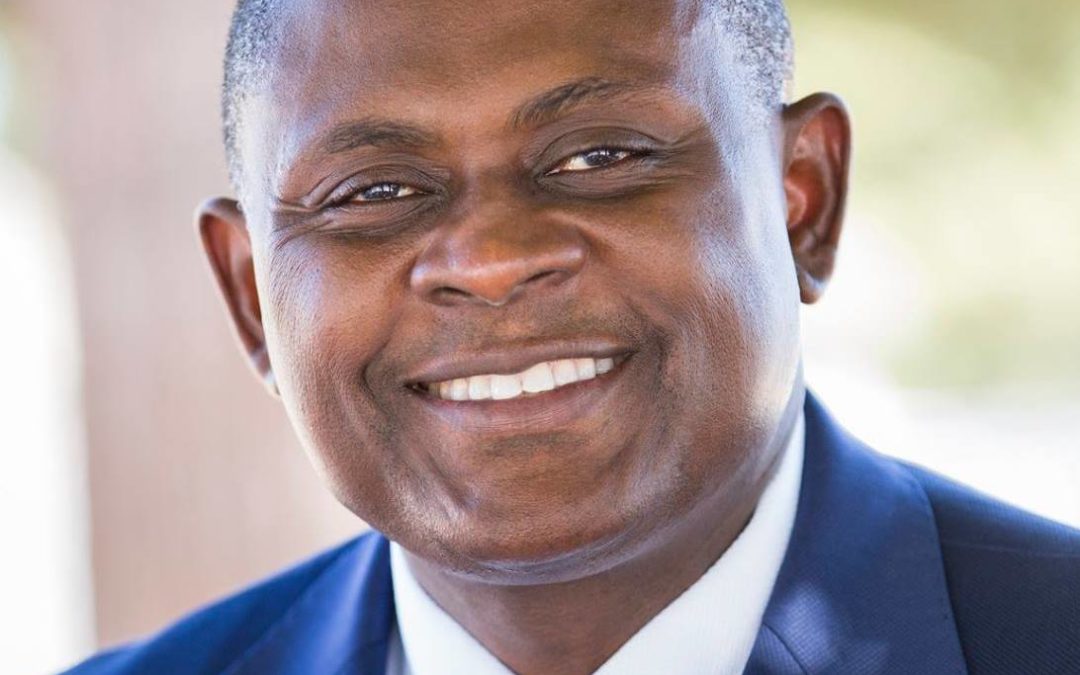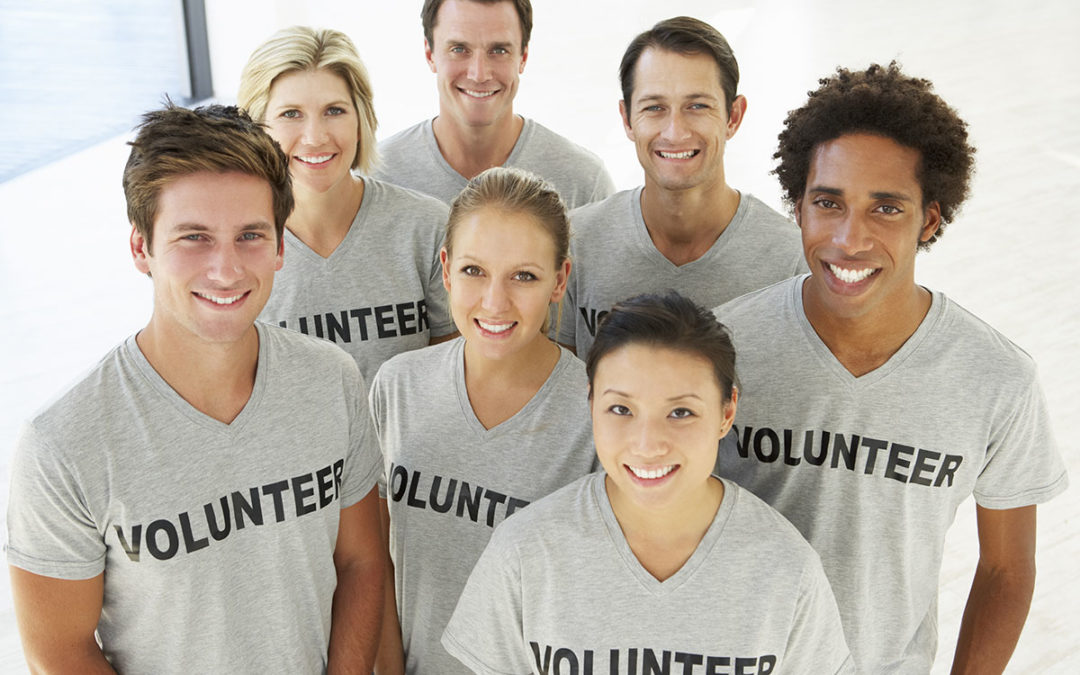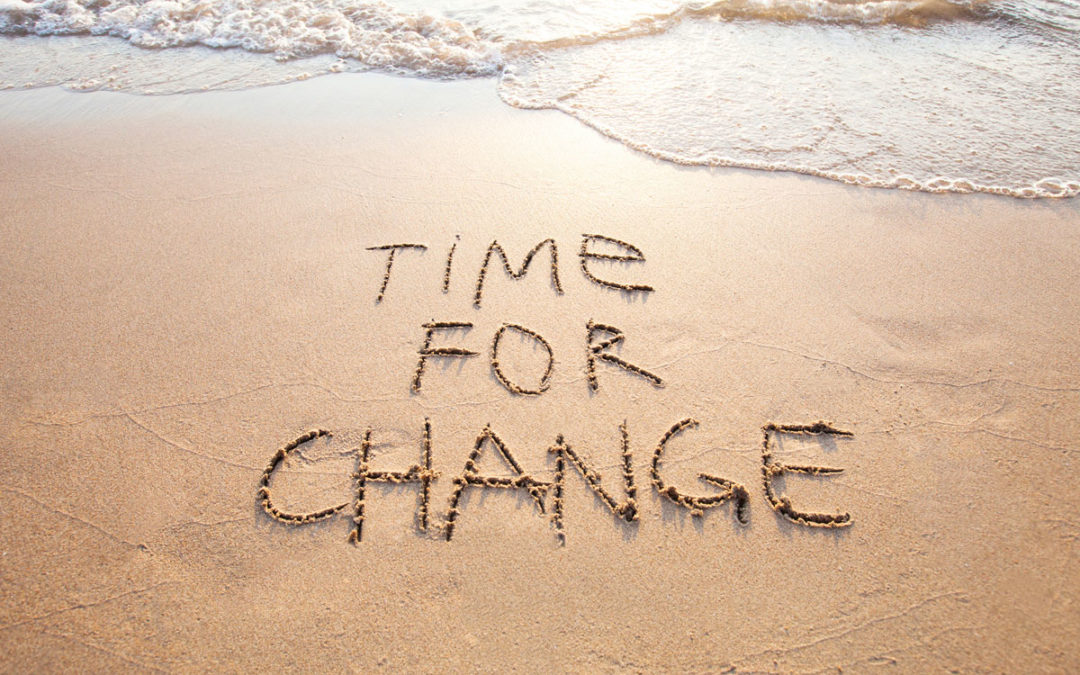
by North Shore Child & Family Guidance Center | Feb 1, 2018 | Blog
By Andrew Malekoff
Today is the beginning of Black History Month, when we honor the lives and stories of black heroes, both well-known and not so well-known. And in just a few days, most TVs in America will be tuned to Super Bowl 2018.
What’s the connection? I had the privilege two years ago of meeting a true hero: Dr. Bennet Omalu. He was the keynoter at the Head Injury Association’s Awareness Sports Forum at the Hyatt Regency Long Island.
In 2002 Dr. Omalu discovered the presence of degenerative disease in the brain of National Football League player Mike Webster. He named the brain disease chronic traumatic encephalopathy, known as CTE. His discovery has proven to be a powerful pebble that has generated waves throughout the troubled waters of youth, college and professional football, as well as other contact sports.
Dr. Omalu was portrayed by Will Smith in the 2015 film Concussion, based on his book of the same name. Prior to that, he was prominently featured in the public affairs television program Frontline and in the book, League of Denial: The NFL, Concussions and the Battle for Truth.
Although the focus of the head injury forum was to raise awareness to protect school-aged athletes from concussions, Dr. Omalu transcended his role as a forensic scientist, inspiring an audience of several hundred people with his deep faith and fortitude.
He began his remarks by recalling that he was born in war-torn Nigeria and describing how he suffered as a child from malnutrition. He revealed that, “Because of the consequences of war, I became a weakling and introvert who was ridiculed.”
The turning point in his life came, he remembered, when he realized that “with knowledge you can do all things.” This realization ignited what became a lifetime thirst for learning and quest for truth. In fact, he has earned eight degrees and certifications.
Dr. Omalu explained that both science and faith seek truth. The role of faith, he said, “is the manifestation of things we do not see,” which was the case with Mike Webster and the rest of the world. Dr. Omalu said that it was his deep faith in humanity that led him to wonder about the cause of Webster’s destitution, deterioration and death, and, to “speak” to Webster’s spirit during the autopsy.
“Whatever happens to the least of us happens to all of us,” he told the rapt audience in Hauppauge; and, “what we do for the least of us, we do for all of us.” And, so began his spiritual relationship with the deceased Mike Webster.
Omalu has faced enormous obstacles as a scientist. He shared that he was smeared by the National Institute of Health, which said he was not a reputable doctor. And he was also defamed by the NFL, which did all they could to stonewall his discovery and disassociate the notion that repeated blows to the head were the cause of a degenerative brain disease that led to the premature deaths, including suicides, of scores of former players and counting.
Dr. Omalu spoke to the challenge of working in a context of “conformational intelligence” which he explained as when one’s “mind conforms to the expectations of society” and not necessarily the truth. “How does conformational intelligence hold down a society?” he asked.
This amazing man—who portrayed himself as an “outlier,” someone who operates outside of the box—concluded his remarks by stating, “One person can ignite a fire that can light the entire forest.”
We owe Dr. Omalu a debt of gratitude for his discovery and for his quest for truth, against all odds.
We must demand that those in power in youth, interscholastic and intercollegiate sports protect our children; and we must help our children, from an early age, to think critically and to develop the good sense and courage, without shame, to speak the truth and break the silence.
Bio: Andrew Malekoff is the Executive Director of North Shore Child & Family Guidance Center, which provides comprehensive mental health services for children from birth through 24 and their families. To find out more, visit www.northshorechildguidance.org

by North Shore Child & Family Guidance Center | Jan 25, 2018 | Blog
BY CAROL IRIZARRY
The following is an excerpt from a new book edited by our Executive Director, Andrew Malekoff, called Group Work Stories Celebrating Diversity. To learn more about the book or to purchase it, click here. This story was written by Carol Irizarry.
Edie was only 12 years old and had the deepest, most delicate brown eyes that I had ever seen. We sat by the pool on the last day that I would spend with my group, both of us feeling sad and not speaking. I felt tears on my arm and realized that she was crying. Her voice was hesitant and soft but it cut directly into my heart. “Please Carol, just don’t forget us.”
How could this beautiful young Puerto Rican girl possibly know that during all the years since that moment I could not think of this scene without tears coming to my eyes? Forget her, forget the Watusi girls? Never. They changed me forever.
I had just graduated with my MSW in group work and this was my first job, my first pay check, my first professional role, my first apartment with friends in New York City and my first group. Preadolescent girls, from Hispanic and African-American backgrounds, asking for help from the settlement house to form a club, which they wanted to call the “Watusi” girls.
They were suspicious when I was “assigned” to them and with good reason. I was green. Naive about New York City life and the issues which these girls encountered on a daily basis. Naïve also about myself and my role as a social group worker. So they went to work on me – imitating my every gesture – my walk, my talk and my gestures. Mocking Carol was their favourite game. “It’s only a joke,” the president reassured me. “We do that with everyone.”
I took the turn towards humour and instead of reprimand l laughed with them at my silly self. It broke the ice.
Subway rides were a nightmare as the girls made rude comments to the other passengers. They were kicked off and I left with them. Then the rebukes started as we walked back in disappointment at the missed trip. “You should have stopped us from being bad on the subway.” I replied, “You hate people who tell you what to do and I am not a teacher after all. I am a social worker.” Confusion emerged but now they listened seeing me in a different light. This was how talking together began. Boys were top conversational subjects but school, jobs, parental controls, sex and fear of pregnancies all spilled out.
Their insights into their situations were amazing. They taught me how they survived with talents such as reading people’s real intentions and trusting their own instincts. They showed me their resilience, which was often based on getting up again after being knocked down, literally or symbolically.
Above all I discovered how the girls relied on each other for protection and emotional well-being. They displayed a loyalty to their Watusi club that surprised me in its commitment and depth. The fought each other with the same intensity and punished those who did not remain loyal but they looked out for each other in all situations – another major component of their resilience. And they never tired of teaching me something more about groups and my interactions.
They challenged me to be more real, not to evade, not to hide behind professional language, not to hedge my opinions and most importantly to integrate my professional and personal roles. They could see through any phony response in five seconds flat. Their questions were incessant. Did I like really them? Would I lend them money? Where did l learn Spanish? Would I take a girl home if her mother died? Did I have a boyfriend? Did I have Puerto Rican friends? Did I have Black friends? And eventually – best of all, what did a social worker do anyway?
I struggled with answering their concerns while staying within my professional role. Each question challenged me to stay true to my reason for being a social group worker and at the same time to give them an answer that displayed my genuineness, revealing myself as a real person. It was only in answering these questions directly that they began to move into more threatening subjects and raise their encounters around race and prejudice which they had all experienced. My immediate reactions were always crucial – the pain I felt at their stories – the anger at their hurts. They needed those emotions and it helped them to view my unadulterated reactions. They also felt conflicted since it was so easy to see “white crackers” as alien and feared, while liking me placed them in peril. The taboo subject of race emerged more frequently and I needed to help them sort out the conflict rather than suggest solutions and I needed to avoid being defensive when I was labelled as one of the white oppressors. I kept reminding myself to focus on their needs not mine, on why they had wanted to form a group and what it meant to their lives.
As for the individual Watusi girls, I stood in awe of their strength and their ability to find ways to live creative lives within their environment. They were powerful girls – rich in character, energy, humour and resolve. I shared in their adventures and challenges. And I fell in love with them.
I learned social work. I learned group work. I learned about myself and I gave myself to these girls with whom I walked the streets of New York. These were the same girls who teased me mercilessly until the day I left, who cried on my shoulder about family problems and fights with friends, who called me “white cracker” and then threw their arms around me when I came back from a holiday. They were the same girls who all slept touching me, with every single girl holding onto a part of me when we camped on Bear Mountain and slept outside. Tough on the streets of East Harlem, but afraid of a dark night without streetlights.
I see their faces clearly and vividly. Edie, Elba, Cuni, Maria, Norma, Shirley, Brenda, Naomi and Miranda. I mix up their real names with the code names that I gave them in writing and talking about them over the decades but their faces remain young, vibrant and distinct before me now – years after they would have grown to be mothers and grandmothers.
“No Edie” I replied, “I will never forget you. And I never have. You showed me strength and vulnerability – and gave me trust and affection. You came with the other girls to my wedding. Still a group but with your new worker and I saw your beaming faces as a precious part of that celebration – a gift of lasting influence, frozen in the picture frames.
You and your friends moulded me and sculptured me into the social worker that I became and remained. It was through working with you and the other Watusi girls that the words I had read in textbooks transformed in actions in the real world. And I learned that all the social work theories, skills, techniques, ideas and insights however relevant, must be carried out through a genuineness of self and a feeling of true affection. The most challenging skill of all is to be real and professional at the same time and to hold that delicate balance.
I close my eyes and I can feel again Edie’s tears on my arm as she sits by the pool. I wish I could tell her and the other Watusi girls of their effect on my development and my gratitude for the social group work they taught me. “No Edie I have never forgotten you and I never will.”
by North Shore Child & Family Guidance Center | Jan 19, 2018 | In The Media, Project Access
View The Article Below
project-access-article
project-access-article-2

by North Shore Child & Family Guidance Center | Jan 17, 2018 | Blog
We’re all accustomed to opening up the paper or turning on the television and seeing reports of bad news—fires, blizzards, mudslides, and on and on.
But every once in a while, an uplifting story sneaks into the mix. Recently, a newscaster reported on how some teenagers shoveled the driveway and porch of an older neighbor who hadn’t even asked for help. And they did it for free.
Their motivation? They simply wanted to do something that was kind for someone in need. The added benefit that they hadn’t expected: They felt good about themselves for helping out.
Volunteering is known to have positive effects on everyone, both the giver and receiver. People often say they “get more than they give” when they volunteer. It’s known to play a big role in creating a happier, healthier life.
Following are some of the reasons volunteering is beneficial:
- It reduces the risk of depression by helping you make new friends and building a support network of like-minded people.
- It boosts your self-esteem and helps you develop better communication skills.
- Volunteering helps you stay active and engaged with the world, and depending on what kind of volunteering you do, it could even help you stay more physically fit, including lowering your blood pressure!
- It exposes you to new experiences, giving you insight into the world around you and all the opportunities that are out there just waiting for your energy and dedication.
- It helps reduce stress and loneliness by giving you a feeling of purpose and connection.
- The symptoms of mental health issues such as Post-Traumatic Stress Disorder, Obsessive Compulsive Disorder, anxiety and other conditions have been shown to decrease when people volunteer.
- Volunteering gives you perspective, helping you realize that there are others in the world struggling with issues, just like you.
- The bottom line: Volunteering is fun!
To find out about volunteer opportunities near you, visit www.createthegood.org or www.volunteermatch.org
Sources:
https://www.health.harvard.edu/blog/volunteering-may-be-good-for-body-and-mind-201306266428
https://www.thebalance.com/unexpected-benefits-of-volunteering-4132453
https://www.theguardian.com/society/2004/sep/28/volunteering.uknews

by North Shore Child & Family Guidance Center | Jan 11, 2018 | Blog
Monday is a special holiday: Martin Luther King Day. Dr. King was known for many things, chief among them his passionate voice that called for a nonviolent but forceful response to injustice. He faced many obstacles, but continued until his last breath to speak his truth, regardless of the consequences.
In the last few months, we’ve also seen another response to injustice, with women speaking out about sexual harassment and finally being heard and believed. It takes a lot of bravery to speak your truth when it’s something that is so personal and that has been dismissed, minimized or ridiculed in the past by the larger culture.
We have also seen a shift as more people speak about their mental health issues. That’s not easy to do in a culture where a long-held theme is that, if you’re feeling down, you just need to “pick yourself up by your bootstraps.”
At North Shore Child & Family Guidance Center, our mission is to bring hope and healing to those experiencing mental illness and addictions issues, regardless of their ability to pay. But we also have another mission: To speak out against the stigma associated with having a mental health or chemical dependency issue.
Guidance Center Executive Director Andrew Malekoff has been advocating for many years regarding this issue. Below is a column he wrote for Anton Media.
“When we hear that our neighbor’s teenage son has been diagnosed with cancer, or that our colleague’s newborn has a heart defect, we shed some tears—and then we move into action. We bring meals; we offer to take their other kids to soccer games or piano lessons; we raise money so the parents can stay home from work to care for their ailing children.
But when we learn that our daughter’s best friend has been hospitalized for depression, or that a boy on our son’s basketball team has stopped going to school because of severe anxiety, we’re often at a loss as to how to respond.
Here’s a fact that may surprise you: Although more children suffer from psychiatric illness than autism, leukemia, diabetes and AIDS combined, only one of five with an emotional disturbance gets help from a mental health specialist. Moreover, 50 percent of serious mental illness occurs before the age of 14.
People with mental health problems and addictions, along with their families, often suffer in silence, while people with physical health problems evoke the sympathy and support of others. Why do we continue to treat illnesses above the neck differently than illnesses below the neck?
The sad truth is that there’s still a widespread stigma when it comes to mental health. The result? Parents who need help often wait months and even years to make that first phone call. A parent whose child is diagnosed with cancer doesn’t wait to ask for help. Waiting only happens with mental illness and addiction.
Fortunately, more than 60 years after our founding, North Shore Child & Family Guidance Center is still here to fight that stigma and provide help to children in need. Let me share a few of their stories.
We met six-year-old Jerome soon after he attempted to jump out a window because, as he said, “Nobody loves me.” Fifteen-year-old Celeste said the reason that she cuts her arms until they bleed is not to take her life, but to lower her blood pressure. And 14-year-old Maria told us that she lives in a house with a revolving door welcoming men who touch her.
Depression, anxiety, fear, child abuse, school refusal, bullying, isolation, drug addiction, domestic violence . . . we receive more than 100 calls a week, and increasing numbers are emergencies.
All across Long Island, mental health agencies are shuttering their doors, or they’ve been acquired by corporate entities with no roots in the community. That’s tragic, because community-based mental health organizations are as essential to the health and well-being of our children as hospitals or schools.
What can you do? First, tell your representatives that you value the mental health organization that serves your community and would like their support to ensure its future. And if you know someone whose child is suffering from a mental health issue, don’t ignore them. Make that phone call. Let them know you care.”
For information on what the Guidance Center is doing to combat stigma and to learn how you can help, visit our webpage and click on Project Access, a year-long study we conducted that looks at the difficulties in accessing mental health care, including the problem of stigma.




